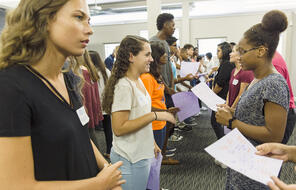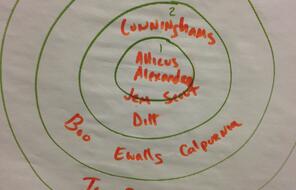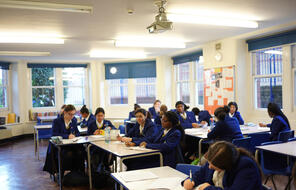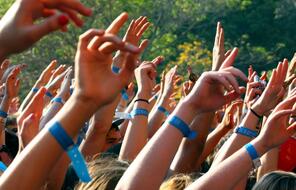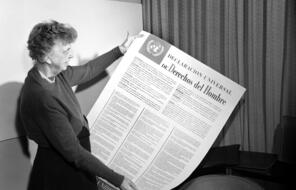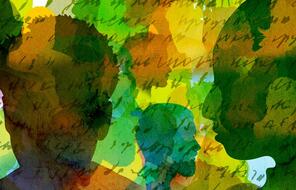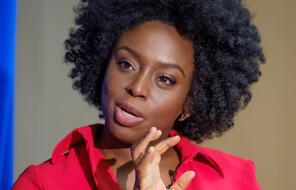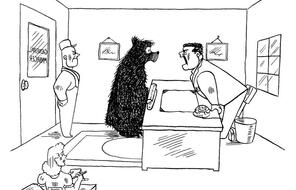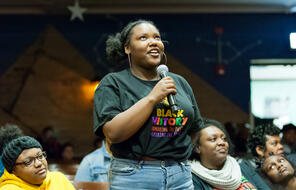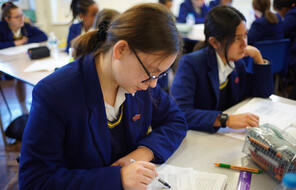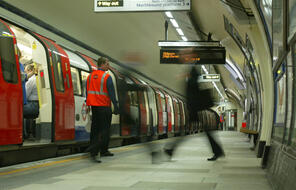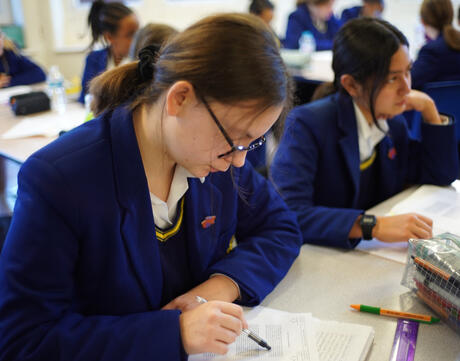
Step 1: The Individual and Society
Language
English — UKPublished
Overview
About This Assessment
Students will have the opportunity to define themselves visually in this mask-making project. Drawing from their identity charts and journal reflections in the first four lessons, they will select aspects of their identities to highlight on the front of their masks as well as aspects that are often hidden or unknown by others to represent on the back. Sharing their masks with their classmates provides a way for students to celebrate what makes them unique, counter the “single stories” others may have of them, and create a sense of community in which individuals are known beyond superficial labels and assumptions.
Preparing to Teach
A Note to Teachers
Before teaching this assessment, please review the following information to help guide your preparation process.
Procedure
Steps for Implementation
Materials and Downloads
Quick Downloads
Download the Files
Get Files Via Google
Step 1: The Individual and Society
The Challenge of Confirmation Bias
The Costs and Benefits of Belonging
Unlimited Access to Learning. More Added Every Month.
Facing History & Ourselves is designed for educators who want to help students explore identity, think critically, grow emotionally, act ethically, and participate in civic life. It’s hard work, so we’ve developed some go-to professional learning opportunities to help you along the way.
Exploring ELA Text Selection with Julia Torres
On-Demand

Working for Justice, Equity and Civic Agency in Our Schools: A Conversation with Clint Smith
On-Demand

Centering Student Voices to Build Community and Agency
On-Demand




